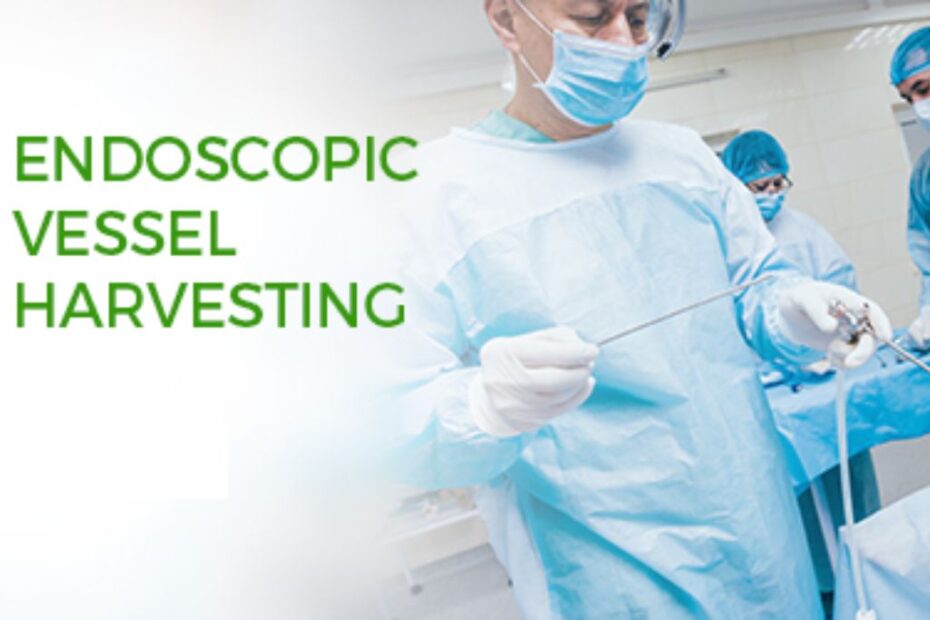Coronary vessel or artery disease is reaching unprecedented numbers in the world, and with that, there is a marginal increase in the number of patients undergoing a coronary artery bypass graft. It is a very important life-saving surgery. It can extend life expectancy. In this procedure, another vessel like an artery, such as an internal mammary artery or a vein, like a saphenous vein, is used to create a bypass to the clogged or diseased vessel. It is a very major surgery with its own complications.
In earlier times, grafts were removed by putting long skin incisions on the skin. The length of the incision was as long as the graft that was needed. Therefore if a 90 cm long graft was needed, a 90 cm long incision was given. It was associated with an increased hospital stay, a long time for recovery, and pain at the site of the incision. It also has an association with an increased risk of infections in diabetes and obese people, along with the increased duration of hospital stay. Today with the advent of medical science, all of this can be done with a simpler technique which is the endoscopy-guided vascular graft. It is a less painful, less traumatic, and less invasive technique.
What is Endoscopic vessel harvesting?
An endoscopy-guided vascular graft is a novel technique for excising the venous or arterial graft needed for coronary artery bypass surgery. It is a much less invasive process with decreased complications, as seen in a conventional bypass graft. Here instead of cutting along the whole length of the leg where the vein travels, only a small incision is made through which an endoscope is put, and the entire vessel is visualized along the desired length and cut. The dissection with an endoscope is much less traumatic, and the blood loss is also a lot less. The whole part of the vessel that is healthy is then removed and used for grafting. The endoscope is a very slim, small piece of equipment. It enters through a small 2 cm incision and dissects the plane of the vessel Dissections are the separation of the desired tissue from the surrounding tissues, which is much easier with an endoscope.
Where is Endoscopic vessel harvesting used?
It is primarily used in creating a conduit in case of blocked vessels seen in coronary artery disease. The blocks can be because of calcification, atheroma, or stenosis. These conditions reduce the blood flow to the heart, thus predisposing the heart to ischemic attacks and myocardial infarction. The placement of a graft provides an alternative to the flow of blood through the blocked vessel. The grafts can be taken from the internal mammary artery or from veins in the leg, like the great saphenous veins.
The great saphenous vein is more commonly used. The grafts are sturdy and well-accepted. Grafts from the patient’s own body are called autologous grafts. There is a minimal reaction to autologous vessel grafts. The graft placement has been showing very good results and is becoming primarily the treatment of choice in CABG operations work over.
When do you do Endoscopic vessel harvesting?
Endoscopic vessel harvesting is done in patients with the following conditions:
- The presence of triple vessel disease
- left main stem artery stenosis.
- Severe coronary artery disease.
In the above conditions, the heart’s blood supply is compromised severely and can lead to complications like Myocardial infarction, Cardiac tamponade, and rupture of the heart wall.
All of these patients are at a very high risk of getting a heart attack and a propensity for cardiac events.
These patients benefit tremendously from EVG as it lowers morbidity and mortality significantly, and thus is a choice for cardiologists and heart surgeons worldwide.
What are the benefits of EVH?
EVH is much less invasive than traditional vessel grafting. The following reasons make it a top choice in the face of traditional methods.
- The scar tissue is minimal and cosmetically better as the incision does not extend the entire length of the leg.
- The patient can be up and about sooner.
- The recovery time is lesser.
- The chances of wound infection are less
- Hospital readmissions are fewer.
All in all, it is a very safe and therapeutically as well as cosmetically better procedure.

